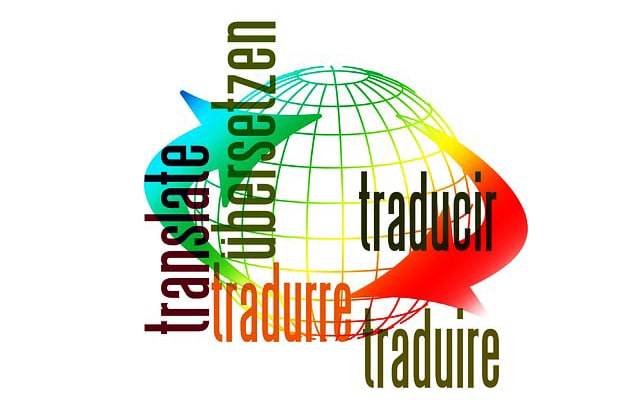Figuring out EU Directives
EU directives are a key regulative instrument utilized by the European Association (EU) to accomplish explicit strategy objectives across its part states. Dissimilar to guidelines, which are straightforwardly relevant and enforceable in all part states, mandates require public legislatures to carry out unambiguous targets through their own lawful structures.
Directives Definition and Qualities
A mandate is characterized under Article 288 of the Deal on the Working of the European Association (TFEU) as a limiting lawful demonstration that puts forth out an objective that part states should accomplish. Notwithstanding, it permits every country the circumspection to decide how to accomplish these objectives through public regulations. This adaptability is fundamental as it obliges the different general sets of laws and political settings of the EU's 27 part states.
Key qualities of orders include:
- Restricting Nature: Orders are restricting with regards to the outcomes they command yet leave the strategy for execution up to individual part states.
- Rendering Necessity: Part states are expected to translate orders into public regulation inside a predefined time span, normally in no less than two years of their reception.
- Adaptability: This approach considers varieties in execution, reflecting public needs and legitimate practices while as yet pursuing normal EU targets.
Official Interaction
The most common way of making an order includes a few stages:
1. Proposition: The European Commission drafts a proposition for a mandate.
2. Counsel: The proposition is explored and altered by the European Parliament and the Committee of the EU.
3. Reception: When the two organizations settle on the text, the mandate is officially embraced.
4. Rendering: Part states should then establish public regulation that lines up with the order's goals inside the set cutoff time.
Instances of Directives
A few remarkable mandates delineate their extension and effect:
- Single-Use Plastics Mandate (2019): Pointed toward decreasing marine contamination, this mandate targets explicit single-utilize plastic things for decrease or boycott across EU nations.
- Clinical Gadgets Order (MDD): This mandate lays out wellbeing and execution principles for clinical gadgets, expecting makers to consent before items can be promoted in the EU.
- Parental Leave Mandate (2010): This order sets least necessities for parental leave across part states, advancing balance between serious and fun activities and orientation uniformity in providing care jobs.
Mandates Effect and Significance
EU orders assume a urgent part in orchestrating regulations across part states while regarding public sway. They work with participation on issues, for example, natural security, customer freedoms, and general wellbeing by setting normal guidelines that part states should accomplish. This instrument reinforces the inside market as well as improves residents' privileges inside the EU structure.
In rundown, EU orders address an imperative part of European regulation, offsetting restricting responsibilities with public adaptability. They empower part states to pursue shared objectives while taking into account neighborhood transformation, mirroring the assorted scene of Europe's overall sets of laws.
NewEnglishCenter Directives

Grow your business and website with our results based services.

Reach new national and international markets for your business.

Online free and premium language services will become your tools in developing your career.